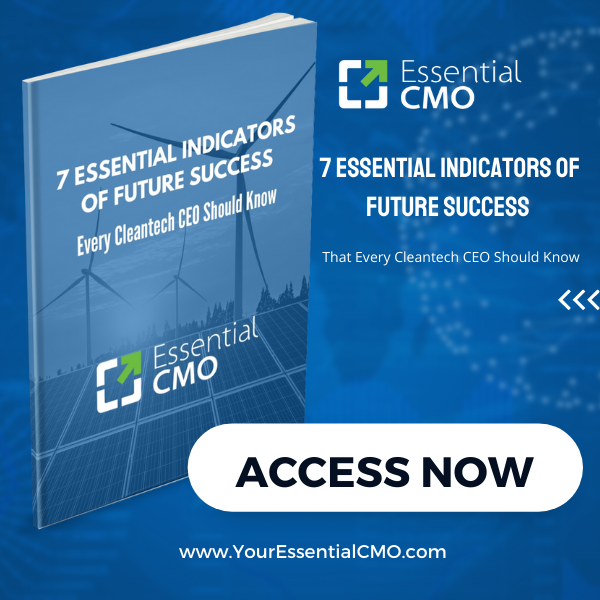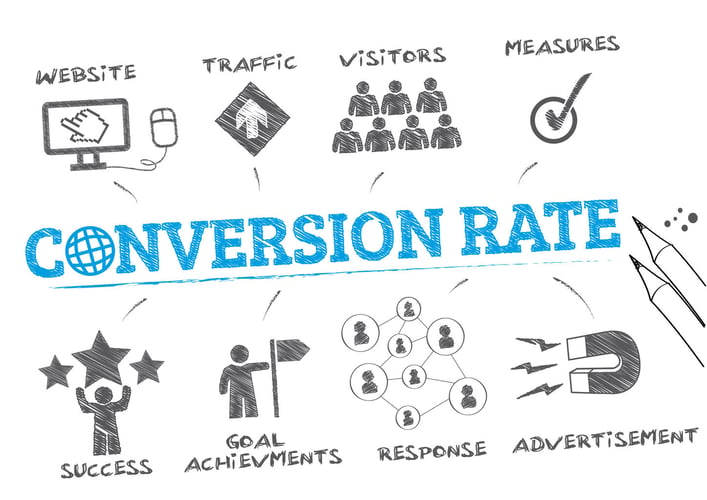One marketing strategy particularly suited for the cleantech sector is content marketing. Cleantech companies are dealing with new and innovative technologies that require at least a little bit more education from customers before they purchase. Content Marketing is a way to inform and educate while promoting a company’s value and authority in their sector. Beyond that, it is a targeted, cost-efficient way to market a cleantech company.
What exactly is Content Marketing?
Content marketing uses the written or spoken word, or visuals to provide information that is of value to your customers. A blog, an explainer video, an infographic–content marketing can take many forms. Still, it all comes down to a way to engage with your customer base in a way that has some value beyond promoting your company’s products or services.
What are the benefits of content marketing?
Content Marketing is different from traditional marketing in that it is not seen as an interruption to the customer, it is perceived as a value rather than a pitch. Other benefits include (but certainly are not limited to):
-
Giving your company broader visibility on the internet
-
Increasing trust between your company and its customers
-
Content marketing helps position you as a voice of authority in your industry
-
Leads generated by content marketing tend to be more qualified
-
Content marketing helps guide a customer to a quicker buying decision (conversion)
-
Improving Search Engine Optimization (SEO)
Why should I include content marketing in my marketing plan?
Certainly, the first reason to include content marketing in your strategy is that it effectively builds a long-term relationship with your customers which can lead to customer loyalty and retention.
The second reason is its cost-effectiveness. Quality content is cost-effective and efficient because it lasts a long time on your website. You pay once for its creation and it will keep attracting visitors to your website through search as long as it’s on your website. Well-optimized blogs can increase in effectiveness and value over time as Google and more and more searchers find them. Ads are only seen as long as you’re paying for them. Stop paying and they’re gone.
Finally, your unique content helps your customers find you…before your competitors. All of these reasons apply to B2C as well as B2B customers. Over 80% of B2B customers search online before they buy, and a recent Gartner survey suggests a similar significant amount of B2B buyers prefer to use digital commerce.
Where to start when putting together a content marketing strategy?
Good, consistent content marketing doesn’t just happen and isn’t sustainable without a plan. The less planning you do, the less effective the strategy will be. To be successful, content has to be of value to your customer, consistent in its quality, and regularly updated. Here are three steps to a successful content marketing strategy:
Step 1: Design your strategy. The heart of a content strategy is knowing your audience - who is your content for and what’s important to them. Your audience (i.e. your ideal customer) has a specific set of concerns, pains, and problems that you and your company are uniquely qualified to help. Start by building a picture of who they are and what problem they are looking to solve.
Once you have this foundation, start listing topics, questions, and solutions to their problem. Before you finalize your list, check your Google Analytics and Google Search Console accounts to learn what keyword terms are being searched around the topics you’ve discovered. Choose terms with high search volume and low difficulty.
If this sounds like a lot of work - it is. But it’s worth it. If you don’t know where to start, work with a marketing strategist to establish the who, what, and why. At the outset, six to 12 months of topics should be developed.
Step 2: Start creating content. Get a writer on your team whose job is to produce content consistently and who can implement your strategy. Company leadership should never have to write copy, and having someone dedicated to the process will ensure quality and consistency. That team member has to be capable of understanding a company’s vision, and how to implement its strategy.
Creating content is a significant part of your marketing strategy. I caution you not to assign it to an intern or someone who already has a full plate. If internal writing talent is not available consider hiring an agency that understands your industry and can write blogs and other high-value content pieces like ebooks quickly and efficiently.
Step 3: Publish Regularly. Publish one to two blogs a month at minimum. Your strategist will recommend ways to boost the readership of your content.
Content Marketing works as a strategy in any business or industry sector. What many cleantech companies don’t know is that a well-targeted, consistent content marketing strategy sets your business apart and gives you a competitive edge. Publishing with a strategy (i.e. specific goals) makes all the difference in how relevant your content is to the audience you’re trying to reach. How often you publish new content determines whether or not you capture the attention of your prospective customers online.
Marketing Monsoon, LLC is a growth agency specializing in strategic planning, content marketing, inbound lead generation, sales enablement, HubSpot Implementation, and customer engagement for alternative energy, healthcare technology, and staffing and HR companies. Get started on your strategy today by reaching out to Marketing Monsoon at (866) 851-1793 or schedule a Content Strategy Review.







